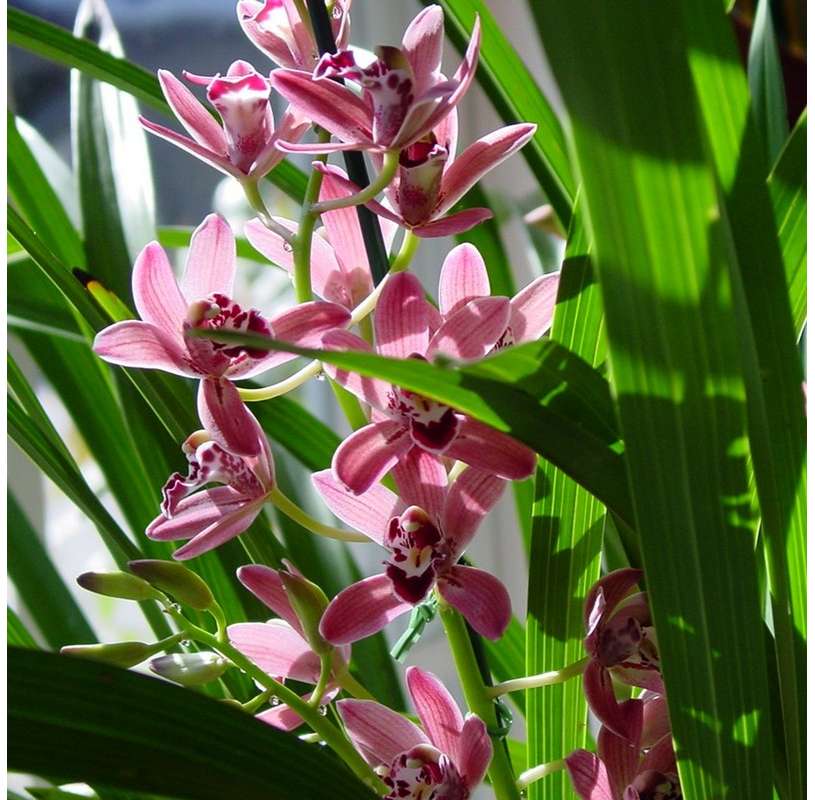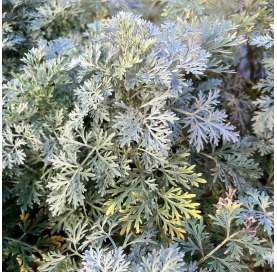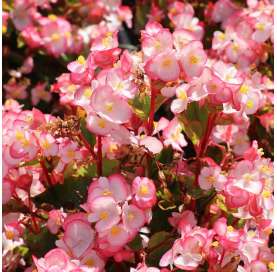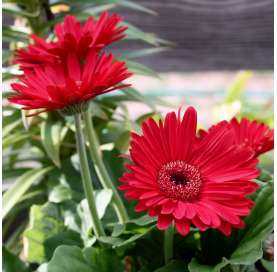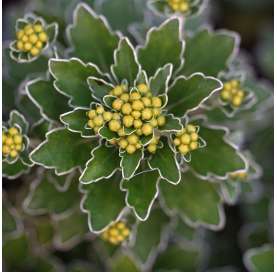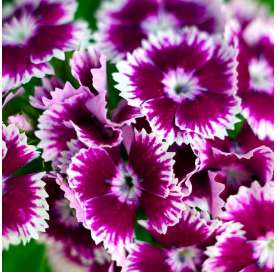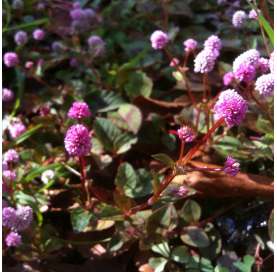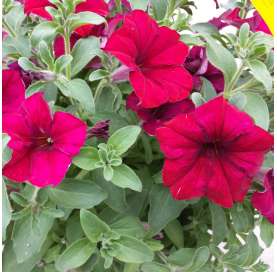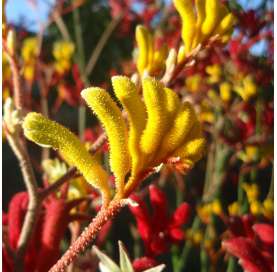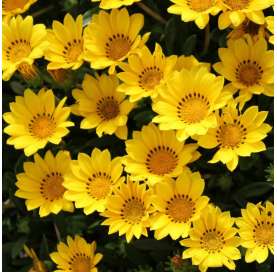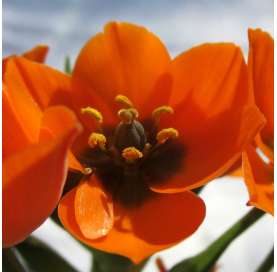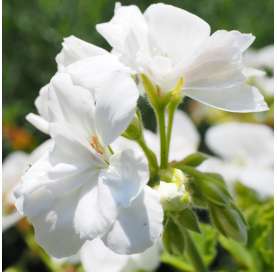Cymbidium
Cymbidiums are wonderful orchids to grow in temperate regions.

Encrypted payments for greater security

We ship to Spain and Portugal in 48/72 hours.

Shipping only to mainland Spain and mainland Portugal
Cymbidium orchids (Cymbidium spp.) are much more cold tolerant than many common orchid species. In addition, their long, thin leaves give the plant an attractive appearance. For best results, start with a store-bought plant and wait until it finishes flowering in spring to transplant it (or put it in the ground). A new plant may take several years to flower.
Cymbidiums are wonderful orchids to grow in temperate regions. They can be grown in pots outdoors during spring, summer and autumn, and moved indoors at the first threat of frost. Cymbidiums can be easily divided during transplanting in spring. And during the summer, they will grow rapidly, sending up new pseudobulbs topped with long leaves.
Their natural flowering season is during winter, which is ideal if your plants are indoors for display. Flowering is triggered by a combination of falling temperatures and reduced water.
During the growing season, cymbidium orchids appreciate dappled sunlight. If your orchids are outdoors, make sure they do not receive direct sunlight, as this can cause burns on the plant. A few hours of sunlight in the morning and a few evenings in the shade should be perfect.
If you grow your orchids indoors, a south-east or east-facing window is ideal. Under the right light conditions, the leaves should be apple green rather than dark green. A dark green plant probably does not get enough sunlight to cause good flowering.
Cymbidiums are semi-terrestrial orchids. They grow naturally in clay humus, taking fine roots in the soil. They are therefore perfectly suited to conditions that can be easily reproduced at home: a rich, loose, organic potting mix.
Most growers recommend using a combination of spruce bark, perlite, peat moss and other loose organic materials for cymbidium orchids. A commercial paphiopedilum orchid mix will usually work for these plants.
Water these plants frequently during the growing season (i.e. spring, summer and autumn). And remember that the purer the water, the healthier the plants will be. Salts accumulated in tap water can cause damage, such as the tips of the leaves dying, turning black and dying. Therefore, make sure that the water reaches the end of the potting mixture.
During winter flowering, reduce watering. However, do not let the plant dry out completely. Instead, keep the potting mix slightly moist to the touch.
Cymbidiums are considerably more cold tolerant than other orchids. The larger varieties of cymbidiums need a prolonged period of cold to trigger a bloom, while the miniature varieties are not as dependent on cold weather.
Cymbidiums have been known to withstand freezing temperatures briefly, although frost will eventually kill them.1 Nights with temperatures down to 40 degrees Fahrenheit should be fine. On the other hand, cymbidiums can also withstand summer heat without wilting, as they are suited to temperate regions of Asia, where there is considerable variation in seasonal and day-to-night temperatures.
Outdoors, these orchids can tolerate most humidity levels, except in very dry climates. Indoors, they like a humidity level between 40% and 60%. If you need to increase the humidity, you can place your plant container on a pebble tray filled with water. Make sure that the bottom of the container is not in contact with water, as this can cause root rot.
During the growing season, feed the plant with a weak orchid fertiliser every two months. Or sprinkle slow-release granules into the growing medium at the beginning of the season. Be careful to avoid a fertiliser with a high nitrogen content, as this can cause rapid foliage growth at the expense of the orchid's flowering.
A well grown cymbidium should be resistant to most insects and diseases. But, as with all orchids, there is some risk of aphids, mealy bugs and other insects. Treat as soon as possible with insecticidal products, following label instructions.
12 other products in the same category:
-
-
Dahlia€2.60
-
Begonia Corallina€2.90
-
Gerbera€3.90
-
Ajania pacifica€3.10
-
Dianthus chinensis or...€3.10
-
Polygonum capitatum€2.90
-
Potunia€2.90
-
Anigozanthos flavidus€14.90
-
-
Ornithogallum.€10.90

 English
English Spanish
Spanish